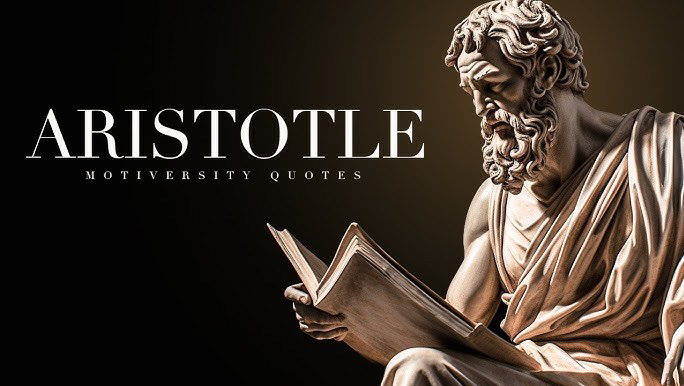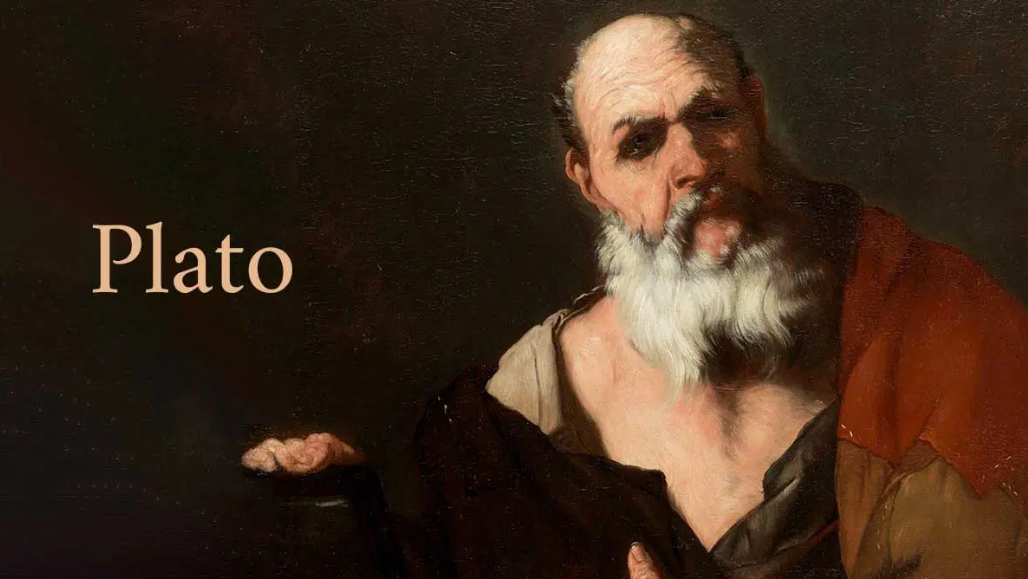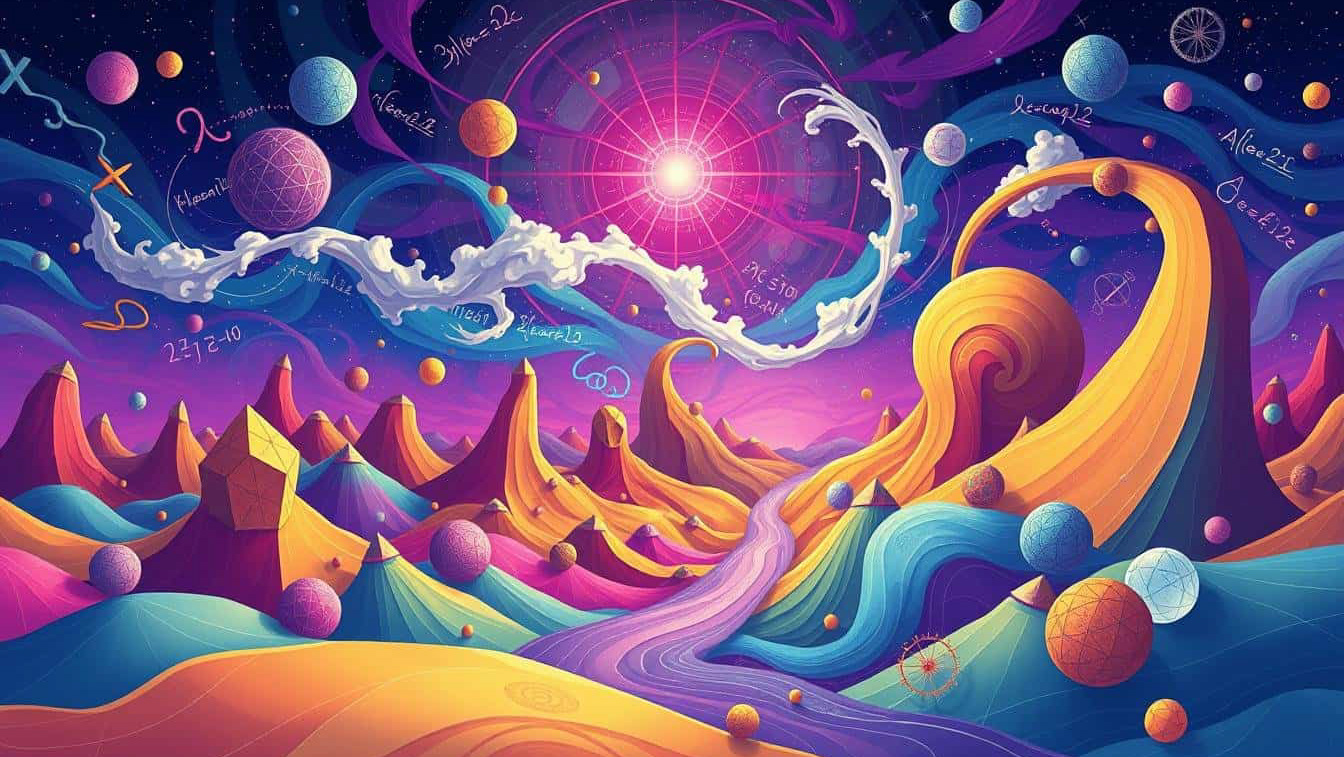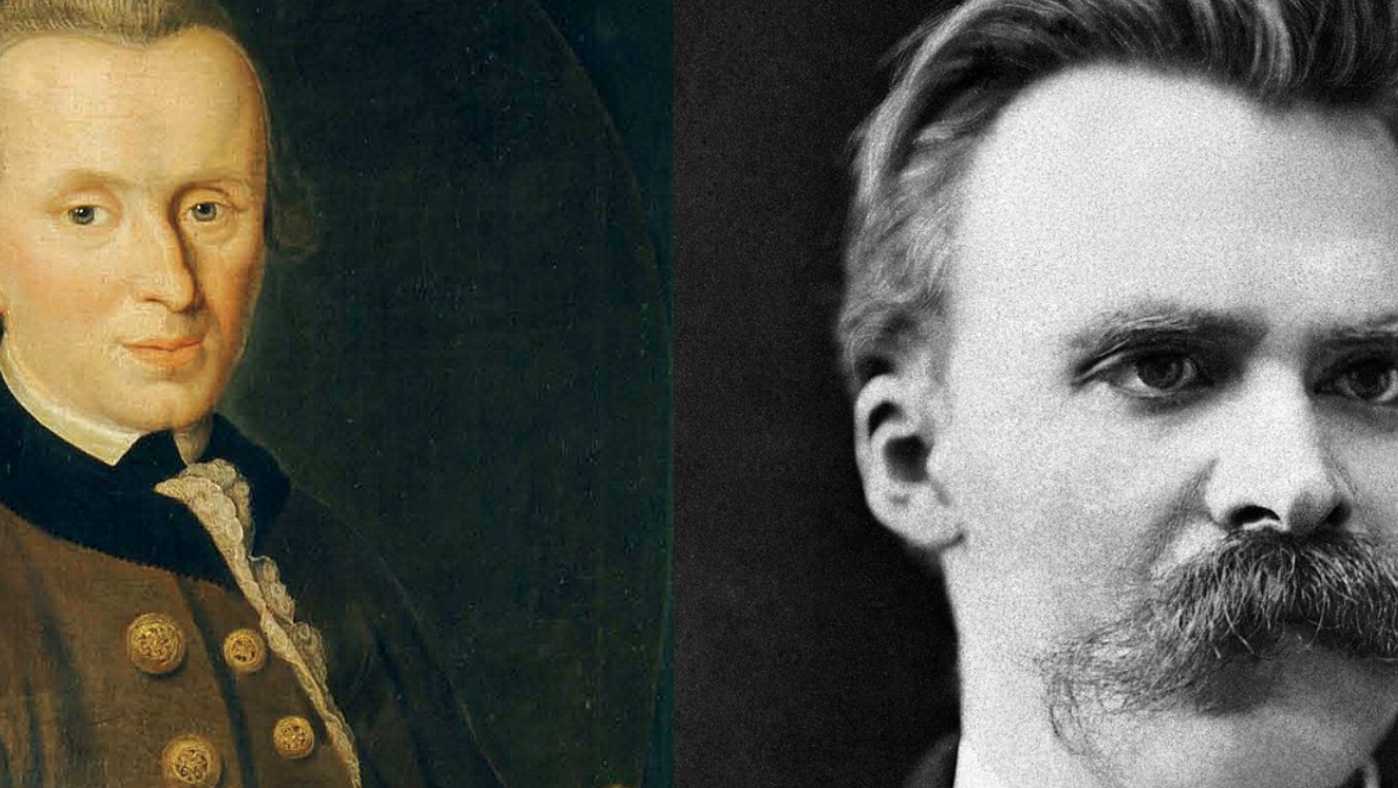In the present essay, I will demonstrate that Zeno’s paradoxes show us nothing about the nature of infinity, without although believing that Zeno did not have anything to say about it. In the first part of the essay, I will explain why Calculus does not address the ontological nature of the paradox, proceeding to a more nuanced solution. I will go on displaying the continuum of Spacetime due to the reasonable but not phenomenological division of magnitudes. Having in mind the various schools of thoughts in the scientific society, I will display the possibility of Supertasks due to a mathematical universe. In conclusion, I will explain that Zeno’s paradoxes do not hold as they are inherently wrong examples, reducing Zeno’s paradoxes to a mathematical riddle rather than a rhetorical question about the impossibility of motion.
It is important to highlight that we do not have original writings from Zeno of Elea. Everything we have derives from Aristotle’s Physics and Simonides. The most famous Zeno’s paradoxes for motion are ‘The Dichotomy’, ‘The Achilles’ and ‘The Arrow’. In the present essay, you will find only two of those explained. Paradoxes of Motion try to show us that Motion is impossible by addressing the following argument:
We do not see an infinite number of acts, although they happen.
Our mind is fallible. We should not trust our sensation of movement.
We cannot perform an infinite number of acts in a finite amount of time.
Our perspective of motion requires the performance of an infinite number of acts in a
finite amount of time.
Our perspective of motion is not valid. Motion is impossible.
Hither, I am dealing with the third premise. I am provoked to answer the mysterious riddle of whether time and space are continuous or composed of discrete points. For Zeno, time is continuous but magnitudes are not. Although, space goes along with time and if time is continuous, then the paradox is not a paradox at all as we cannot divide space and time a priori. On the other side, if space and time are composed of discrete units, the paradox is still being approached mathematically.
Zeno’s most famous paradox is ‘The Achilles.’ The argument goes as follows: Achilles chases a tortoise 1m ahead of Achilles. In the first thought, we assume that Achilles catches the tortoise the first second after he starts running. Although, Zeno explains that each time Achilles reaches the point the tortoise was before some fractions of the second, the tortoise crawls a bit further. Achilles, therefore, has an infinite number of finite distances to cover before he can catch the tortoise and so, he never catches the tortoise. Newton and Leibniz, with the discovery of calculus, provide a satisfying approach to the solution of the paradox. We could say that the sum of ‘1/2+1/4 + 1/8…’ equals 1. Although, we will never be able to sum up, all the infinite parts to realize the complete sum. Even if every addition brings us closer to the results, the only thing we can know is that we lessen the difference between 1 and the ‘infinite summation.’ To demonstrate the mathematical answer to the paradox, imagine, that we have the graph f(x)= 1 and we have to subtract from it an infinite number of halves, (1/2)n. In first glance, we have the following limit (fig.1):
limxf(x)→1= ∞ and if we subtract from it (1/2)n.
we have the limit limx→∞1-12n=1
For a lot of people, the above example satisfies their mathematical reasoning. Calculus makes us understand that an infinite number of acts is not so infinite. Although, Calculus does not provide reached values for the point we want. Even if mathematicians at Merton College, Galileo, Newton, and Leibniz should have laughed at the paradoxes of motion, basic algebra does not help us prove the essence of the argument as they do not give us philosophical reasoning. The phenomenological inability of mathematics to solve the paradox raises worries to many as global theories of physics still try to understand if the universe is continuous, based on general relativity, or chunky, based on Quantum mechanics. Mazur (2008: 195) says, Mathematicians, miss the target:
To give a phenomenological explanation of the unavoidable sense of harmony between the fantasy of time and continuously flowing universe.
Regarding Zeno, I will only know that I am arriving at my destination by having the end in sight. As Hemming (2010: 934) states ‘How is it that we know we are halfway to anywhere? Surely, because we already have the end in sight.’ If I do not have the end in sight, is because it is not visible to me, not because it does not exist. In this way, every end is a new beginning. I am already there before I start as I can never start. Zeno believes that the beginning and the end disclose a unity.
Aristotle proposes a more nuanced approach, raising the possibility of supertasks. Aristotle clarifies the situation by dividing Potential Infinities and Actual Infinities. Actual Infinities are complete totalities. Regarding Aristotle, there is always something between touching things, called the ‘Intermediate.’ Within actual infinities, we can perform an infinite number of acts in a finite amount of time. J. F. Thomson (1954) invents the term ‘Supertask’ for that phenomenon. Potential infinities, on the other side, are the infinities as we always knew them. For example, I cannot count all the grains of the sand, but, theoretically, they are countable. According to Aristotle, Zeno’s paradoxes are implausible as we cannot divide an already completed step. If I bisect motion, then motion is just interrupted. Furthermore, consider that I cut up a cake in small pieces. By trying to re-aggregate, it, the new length will not be the same as the original length. We cannot take an asymmetrical half and turn it into symmetrical.
On the other hand, Leon (2016) illustrates how Dedekind and Cantor come up with the Set theory, ‘The infinite theory per excellence’, which describes infinities as sums, that can be put into one-to-one correspondence. At the end of the 19th century, Cantor with the discovery of transfinite mathematics shows how various kinds of infinities exist. An infinity set can be put into one- to- one correspondence with another infinity set. Set Theory aims to mathematize actual infinities.
A lot of people, inspired by Actual Infinities, come up with thought experiments with Infinite machines able to perform Supertasks. Max Black (1950) suggests an infinite machine, called Alpha, full of an infinite number of marbles. In lesser than 2 minutes the Infinity machine succeeds to count every single marble, completing a supertask. With the rising possibility of Supertasks, Potential Infinities can even be rejected. In this way, if I do not have the end in sight is not because it does not exist but because it is beyond my physical capabilities to see it.
After all, Galileo (1638) said, ‘Mathematics is the language which God has written the universe.’ For imagine, the films we watch seem continuous, but they consist of frames designed by human-beings. At the same time, Louis de Broglie (2015) discusses that physicists proved that our senses prevent us from perceiving the real nature of matter seeing merely an illusory continuity. I could even characterize it as magical, that our mind perceives it as continuous while it is not. Therefore, it may be that Zeno is right by inferring that there are an infinite number of points (or address numbers), while mathematics with calculus prove that they are not so infinite.
Although, Bolzano, Dedekind and Cantor failed to establish the existence of actual infinities. Black (1950) illustrates an infinite machine 'Beta,' which carries a marble from a first machine to a second and vice versa. Will the marble end up in the first or second machine? Black’s positioning reminds the example of ‘Thompson’s lamp.’ Imagine, that I press the ‘off' and ‘on’ button in a reading lamp, will the lamp be ‘on’ or ‘off’ after I completed the supertask? Let us further say, that every ‘off’ equals 0 and every ‘on’ equals 1. So, by switching the lamp ‘on,’ the value of the lamp is ‘plus one’ and by switching it ‘off,’ ‘minus one.’ Our sequence appears to be ‘+1, -1, +1, -1…’ with a sum of 1/2. But I need 1 or 0 to finish the Supertask. Thompson concludes that we end up with the set: '0, ½, ¾, 7/8…' In this way, I will run through the fractions, the numbers, and the points, without ever reaching 1. But, if I do not press the ‘save’ button, my work will be removed. If we are to solve the paradox mathematically, we should act due to its algorithmic laws. Chihara (1965) explains that the difficulty relies on the fact that the supertask cannot be completed, while Cevik (2013) emphasizes that it cannot be considered as an algorithm.
Other than that, current General relativity and dimple geometry insist that Space is continuous and not Euclidean. Mazur (2008) explains how the spacetime consist of a lot of dimples of light, called stars, Suns, black holes etc. From this view, the universe is a four-dimensional continuum, with dimples being caused by the gravity of light. This continuous smoothness of ‘gravitational dimples’ and ‘Euclidean straight lines’ require continuity. Space is not Euclidean, and Mathematics refer only to the Euclidean part. If we live in a space-time continuum, then magnitudes do not consist of points and instances, not as Aristotle first suggested, time of discrete units. But everything is continuous, and Zeno’s paradox is a mathematical riddle rather than something meaningful about infinity.
Zeno’s intuition is not interpreted with the right examples. While Zeno set a mathematical riddle to address his metaphysical insights, scientists come up with quantum supertasks, as a response. Although, Zeno addresses examples related to physical supertasks, not to quantum supertasks. I would say that if we want to solve the paradoxes, we should do it mathematically, as Zeno does not include acceleration in his argument. He speaks merely of constant speed without mentioning any kind of acceleration or something, which presupposes acceleration. According to General Relativity, acceleration is related to gravity. It is inevitable, that by responding with quantum supertasks related to double- sided geometric progression, we miss the point. Are physical supertasks possible or not?! Zeno escapes in a ‘three- dimensional’ example, to trap people into thinking that motion is impossible. Theoretically, his paradoxes can be ‘solved’ mathematically, but they cannot be put into practice as the universe is continuous. According to mathematics, we can perform an ‘infinite’ number of acts in a finite amount of time, though, if we can perform supertasks, it will not be due to mathematics, but due to physics. In this sense, there is a contradiction, of if Zeno's paradox can even be approached. Mathematics is a language, we discovered, by seeing the world of our sensations. We need physics and 'physicists have two separate rulebooks explaining how nature works’ (Powell, 2015).
In conclusion, no matter what school of thought we support, the paradox finds its voice. Whether Zeno’s paradox shows us something about infinity is a matter of perspective. After I explained why mathematics does not address the nature of the paradox, although as I later concluded it does, I argued how continuity and the impossibility of supertasks surpass mathematics and the possibility of supertasks. I reduced Zeno’s paradox into a mathematical riddle, arguing that pure mathematics does not represent the universe, therefore, Zeno’s paradox is not a paradox. However, the particular topic requires endless hours of investigation and persistence to find its edge.
References:
[1] Al Conocimiento, Ventana. (2019). Georg Cantor, the Man Who Discovered Different Infinities. BBVAOpenMind. Retrieved from www.bbvaopenmind.com/en/science/mathematics/georg-cantor-the-man-who-discovered-different-infinities/
[2] Cevik, Ahmet. (2013). On the Possibility of Supertasks. University of Leeds, 3(1), 171-180. Retrieved from www.beytulhikme.org/Makaleler/1161073973_10_A.Cevik_(171-180).pdf
[3] Chihara, Charles. S. (1965). On the Possibility of Completing an Infinite Process. Philosophical Review, 74(1), 74-87. Retrieved from www.jstor.org/stable/2183531?seq=1#metadata_info_tab_contents
[4] De Broglie, Louis. (2015). Matter and Light: The New Physics. Creative Media Partners
[5] Hemming, Paul L. (2010). The Place of Zeno’s paradox. Lancaster University Management School, Vol.29, 924-937. doi:10.1068/d10010, Retrieved from https://journals-sagepub-com.ezproxy.herts.ac.uk/doi/pdf/10.1068/d10010_
[6] Mazur, Joseph. (2008). Zeno’s Paradox: Unraveling the Ancient Mystery Behind the Science of Space and Time. Penguin Group
[7] Powell, Corey S. (2015). Relativity versus Quantum Mechanics: The Battle for the Universe. The Guardian. Retrieved from www.theguardian.com/news/2015/nov/04/relativity-quantum-mechanics-universe-physicists
[8] Supertasks. (2016). Stanford Encyclopedia Of Philosophy Retrieved from plato.stanford.edu/entries/spacetime-supertasks/
[9] Zeno’s Paradoxes. (2018). Stanford Encyclopedia Of Philosophy Retrieved from plato.stanford.edu/entries/paradox-zeno/









